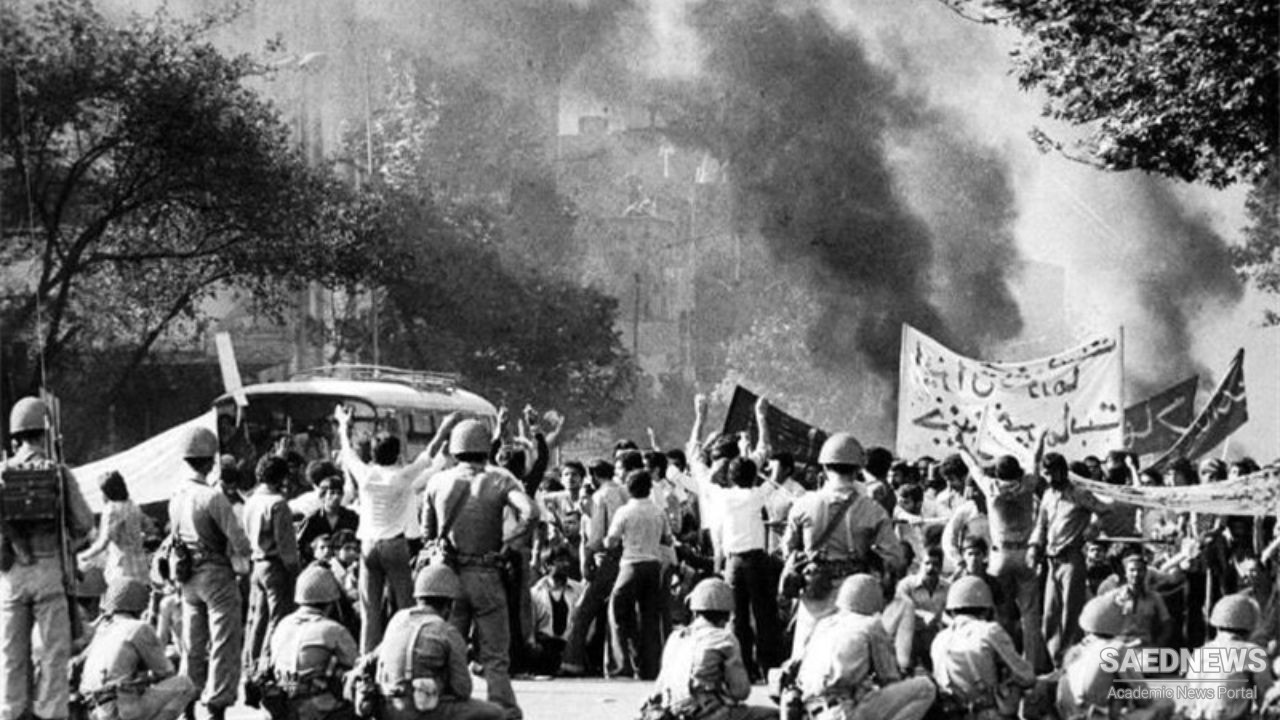The government agreed to keep the military out of sight and confined mostly to the northern wealthy parts of the city. The opposition agreed to march along prescribed routes and not raise slogans directly attacking the person of the shah. On the climactic day, four orderly processions converged on the expansive Shahyad Square in western Tehran. Foreign correspondents estimated the crowd to be in excess of two million. The rally ratified by acclamation resolutions calling for the establishment of an Islamic Republic, the return of Khomeini, the expulsion of the imperial powers, and the implementation of social justice for the “deprived masses.”
In this as in all these demonstrations, the term velayat-e faqeh was intentionally avoided. The New York Times wrote that the message was loud and clear: “The government was powerless to preserve law and order on its own. It could do so only by standing aside and allowing the religious leaders to take charge. In a way, the opposition has demonstrated that there already is an alternative government.” Similarly, the Christian Science Monitor reported that a “giant wave of humanity swept through the capital declaring louder than any bullet or bomb could the clear message: ‘The Shah Must Go.’” Many treated the rally as a de facto referendum.
Khomeini returned from exile on February 1 – two weeks after the shah had left the country. The crowds that greeted Khomeini totaled more than three million, forcing him to take a helicopter from the airport to the Behest-e Zahra cemetery where he paid respects to the “tens of thousands martyred for the revolution.” The new regime soon set the official figure at 60,000. The true figure was probably fewer than 3,000. 17 The Martyrs Foundation later commissioned – but did not publish – a study of those killed in the course of the whole revolutionary movement, beginning in June1963. According to these figures, 2,781 demonstrators were killed in the fourteen months from October 1977 to February 1979. Most of the victims were in the capital – especially in the southern working-class districts of Tehran.
The coup de grâce for the regime came on February 9–11, when cadets and technicians, supported by Fedayin and Mojahedin, took on the Imperial Guards in the main air-force base near Jaleh Square. The chiefs of staff, however, declared neutrality and confined their troops to their barracks. Le Monde reported that the area around Jaleh Square resembled the Paris Commune, especially when people broke into armories and distrib�uted weapons. The New York Times reported that “for the first time since the political crisis started more than a year ago, thousands of civilians appeared in the streets with machine guns and other weapons.”
Similarly, a Tehran paper reported that“guns were distributed to thousands of people, from ten-year-old children to seventy-year-old pensioners.” 21 The final scene in the drama came on the afternoon of February 11, when Tehran Radio made the historic statement: “This is the voice of Iran, the voice of true Iran, the voice of the Islamic Revolution.” Two days of street fighting had completed the destruction of the 53-year-old dynasty and the 2,500- year-old monarchy. Of the three pillars the Pahlavis had built to bolster their state, the military had been immobilized, the bureaucracy had joined the revolution, and court patronage had become a huge embarrassment. The voice of the people had proved mightier than the Pahlavi monarchy.


 United People against the Despot: Dominos of Uprisings and Frustrated Shah
United People against the Despot: Dominos of Uprisings and Frustrated Shah














































